Tag: learn art
-
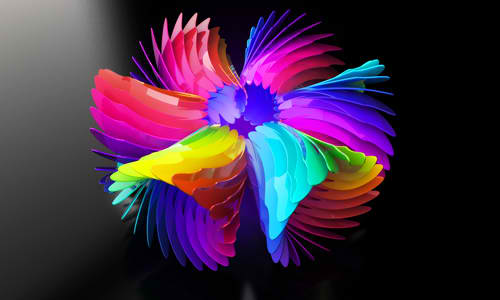
How to Test if a Paint Color is Opaque or Transparent
Different pigments have different covering properties. Some are extremely transparent, barely showing on top of another color. Others are extremely opaque, hiding what’s beneath. Considering this, and not just what the color is, can enhance a subject. For example, using a transparent blue in a sky gives a greater feeling of airiness than an opaque blue will. […]
-
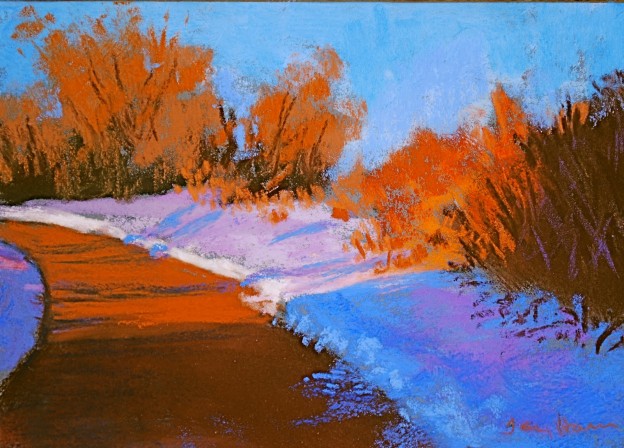
Complementary Colors
The complementary color of a primary color (red, blue, or yellow) is the color you get by mixing the other two primary colors. So the complementary color of red is green, of blue is orange, and of yellow is purple. What About Secondary Colors? The complementary of a secondary color is the primary color that […]
-
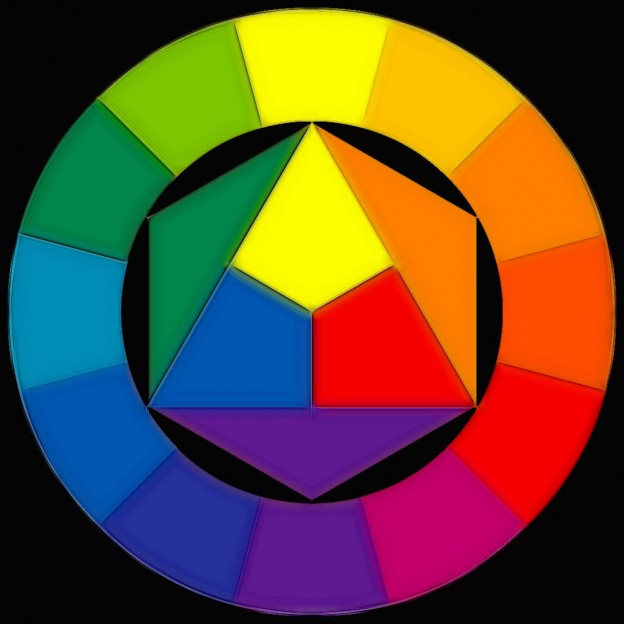
Tertiary Colors
Browns and grays contain all three primary colors. They’re created by mixing either all three primary colors or a primary and secondary color (secondary colors of course being made from two primaries). By varying the proportions of the colors you’re mixing, you create the different tertiary colors. What’s the Easiest Way to Mix a Brown? […]
-
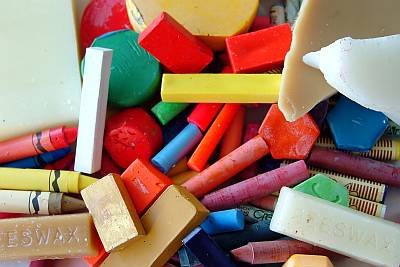
Mixing vs Buying Ready-Made Colors
Color mixing gives you a range of colors with a minimum number of tubes of paint (very useful when painting outside your studio). If you’re using a lot of a certain color, you’ll probably decide it’s easier to buy it in a tube rather than mix it up again and again. But you’ll find that […]
-
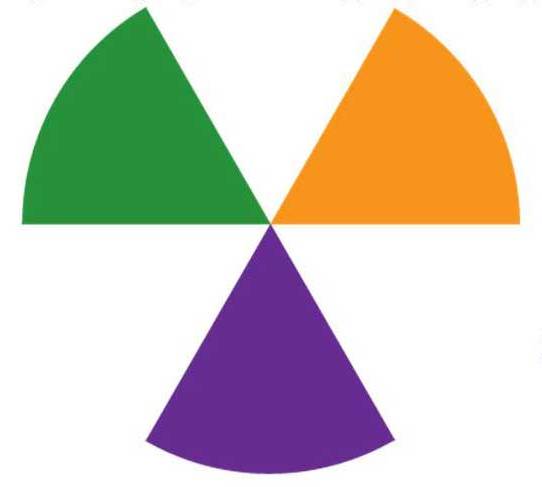
Secondary Colors
Secondary colors are made by mixing two primary colors together: red and yellow to get orange, yellow and blue to get green, or red and blue to get purple. The secondary color you get depends on the proportions in which you mix the two primaries. If you mix three primary colors together, you get a […]
-
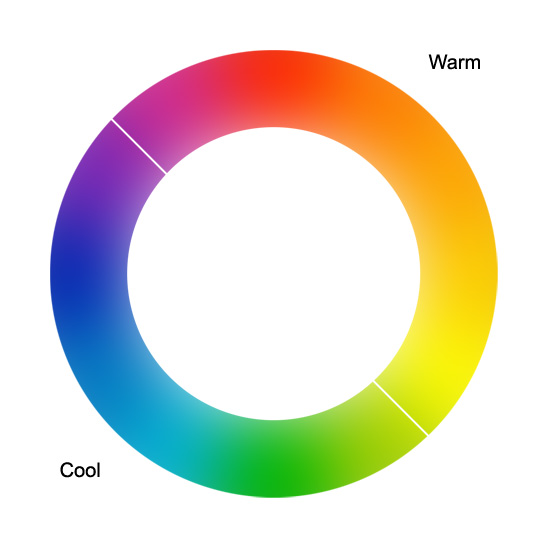
Warm and Cool Colors
Every color has a certain bias towards what’s called warm and cool. It’s not something that’s overwhelming; it’s subtle. But it’s an important element in color mixing as it influences the results. As a group, reds and yellows are considered warm colors and blue a cool color. But if you compare different reds (or yellows […]
-

Increasing Productivity as a Painter
To make life easy for your while you are painting with watercolours or acrylics, ensure you have plenty of water containers. Most people will have one or two. Have six or eight filled up so you don’t have to stop to get clean water. Collect takeaway containers to use or old large bottles. For palettes, […]
-
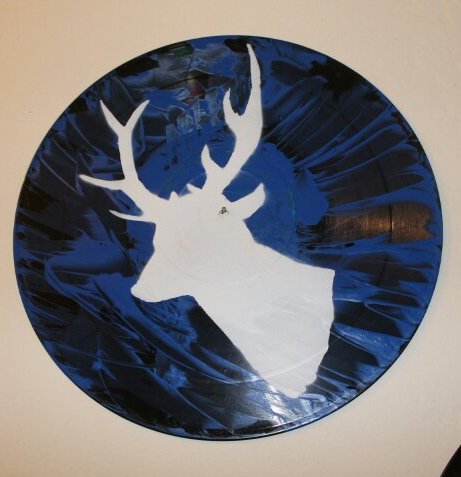
Techniques for Painting More Loosely
If you think your paintings are too tight and controlled, this collection of tips and techniques to try should help you work in a looser style. Don’t dismiss a technique without giving it a good try as while it may seem unlikely or perhaps even daft, you may well be very surprised by the results. […]
-

Reasons Why I Hate to Stop Painting….
What things or events stop you from painting or interfere with your painting? And which do you hate the most?There are a lot that I relate to really well, and I’m sure you will to! 1. The phone or doorbell rings (again and again, and won’t be ignored.) 2. I have fix lunch or dinner […]
-

Ways to Boost Your Artistic Creativity
Your creativity is like a battery, you can’t keep using it and using it without recharging it. If you do, sooner or later it’ll run out, and you’ll get into a creative rut or stuck in creative block. Here are three ways to boost your creativity. If 20 minutes is all you can spare in a […]